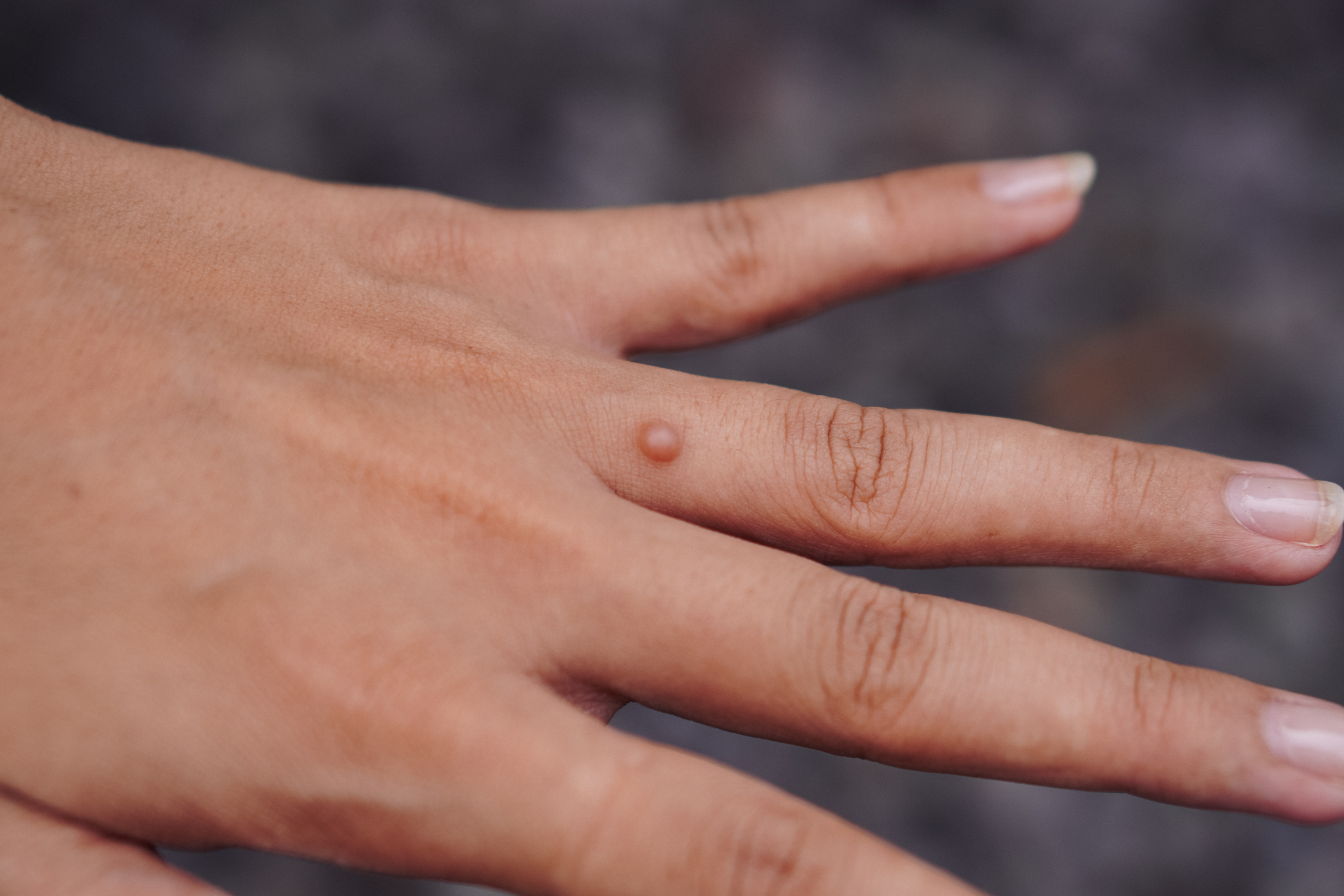Nobody loves a wart…and it can be really challenging to get rid of them. Julie Karen, MD, assistant professor of dermatology at New York University, explains all about warts…and, most importantly, how to get rid of them.
What is a Wart?
Warts are normally painless lesions on the skin. They may crop up anywhere on the body, in isolation or in clusters, and vary in appearance. Most are white, tan or pink in color. Some have a cauliflower look…others are flat-topped…and still others are nearly flush with the skin and have a rough surface with minute black dots scattered throughout. The overwhelming majority of warts are benign, but a few types are associated with cancers.
What Causes Warts?
Every wart is caused by one of the more than 60 subtypes of the human papilloma virus (HPV). Because it can survive on inanimate surfaces, HPV is easily transmitted. And warts are stubborn because the virus installs itself in the cells of the basal layer of the skin’s epidermis, placing them essentially out of reach of the immune system.
DIY Wart-Removal Options.
There are a few at-home therapies worth trying…
- Wait it out. Warts may resolve on their own, but this is somewhat rare and can take years. Patients often ask about the stages of a wart falling off—warts will shrink before disappearing, but most people lucky enough to lose them spontaneously just wake up one day and realize they’re wart-free.
- Over-the-counter products. Salicylic acid in products such as Compound W breaks down the fibrous protein keratin in the skin to soften the wart so it can be debrided. If you have a small, thin (minimally raised above the skin surface) wart or only a few warts, it may be worth a try, but it’s usually not very effective.
- At-home cryotherapy. Some drugstores sell guns that allow you to freeze off warts using liquid nitrogen, but the procedure is painful and difficult to self-administer.
- Duct tape. Believe it or not, hardware-store duct tape is a recognized therapy for removing thin warts on fingers and toes. How to use it: Wrap the digit for three days…remove the tape…smooth down the wart using a pumice stone or nail file so that it is barely elevated about the skin’s surface…then reapply a fresh piece of tape for three more days. You repeat this process until the wart appears to be gone, which usually takes approximately 18 weeks. In one study, the success rate for this process exceeded 80%, significantly exceeding the 60% success rate of cryotherapy treatment.
Wart Removal Options at the Doctor
For more stubborn warts, you may want help from a medical professional…
- Freezing with liquid nitrogen. Although quick and convenient, this method is painful. Each wart must be frozen, usually multiple times, every two to four weeks. The treatment can discolor the skin.
- Prescription salicylic acid. Dermatologists may prescribe higher-concentration products, sometimes mixed with the chemotherapy agent 5-Fluorouracil (sometimes abbreviated as 5FU), that you administer at home. This is a safe, effective and relatively painless treatment that may lead to a resolution in two months or three months.
- Curettage and electrodesiccation. These methods often are used in combination under local anesthesia. The physician cuts off the wart and then cauterizes the base with a heated instrument to destroy the root of the wart and stop any bleeding.
- Immunotherapy. If the patient has many warts, the physician may inject an antigen such as candida yeast into a deep layer of the skin. That may jolt the immune system into a more vigilant state so that it recognizes and attacks the HPV virus. This is effective in about 70% of cases with two to four treatments.
- Autoinoculation. The dermatologist removes a part of a wart, mixes it into a kind of paste, and then injects it back into a deeper layer of the skin where the immune system can “see” the virus. This appears to be effective in about 90% of cases.
- Imiquimod. This prescription cream is used almost exclusively for genital warts. It’s applied to the thin skin of the genital area, where it triggers an inflammatory response that induces immunity and eradicates warts. Because of the serious risks associated with genital warts, this painful therapy is reserved for genital warts. Caution: If you have genital warts, don’t attempt to remove them yourself. Genital warts may lead to cervical, penile or perianal cancers, so seek medical care.
Reminder: If you believe you have a wart and it starts to change in size or symptoms, get it checked by a dermatologist. Some squamous cell cancers can look wartlike or even begin as warts.


